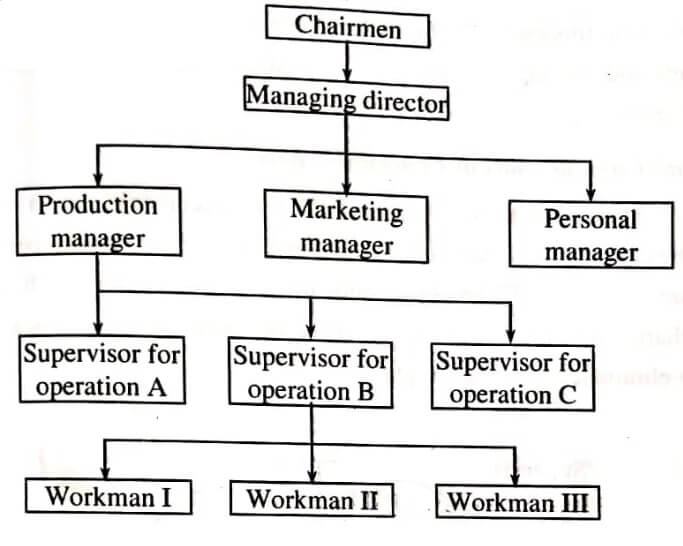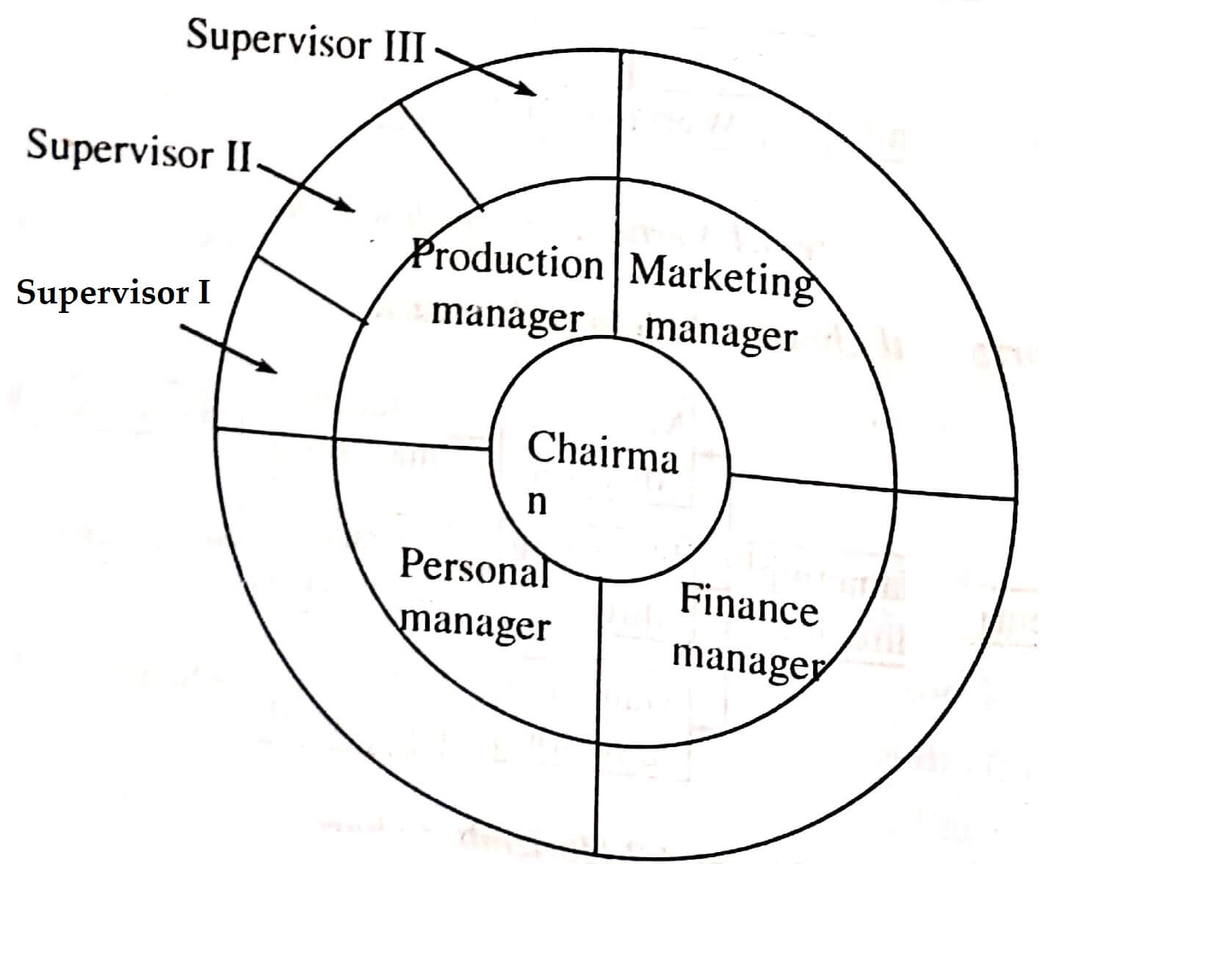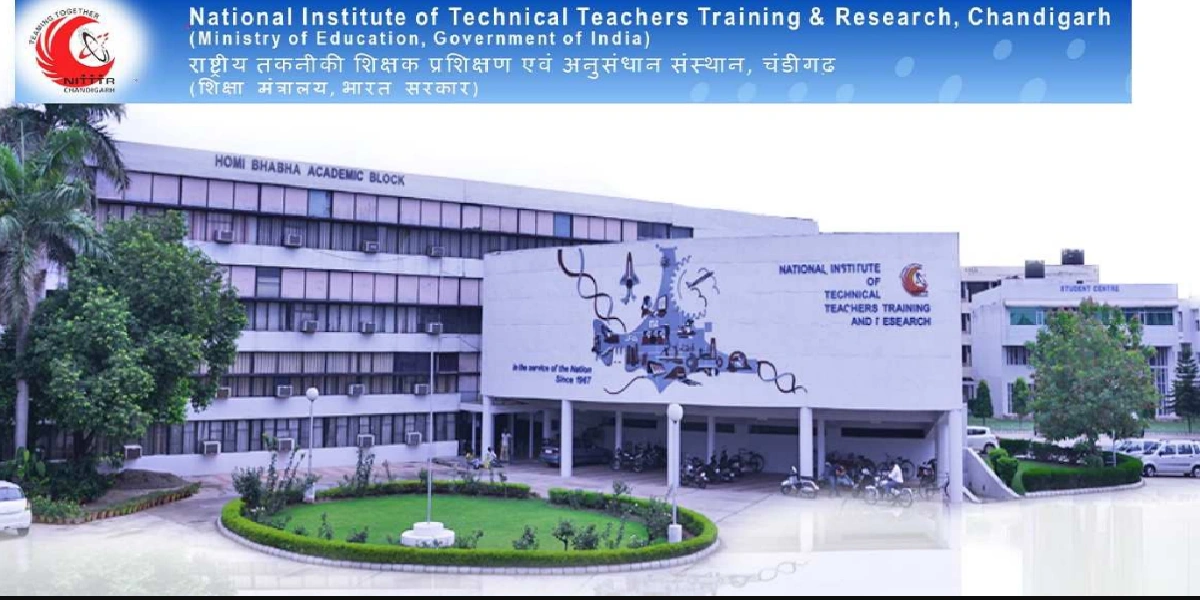Organizing Management is the process of identifying and grouping of activities required to attain the objectives, delegating authority, creating responsibilities and establishing relationships for people to work effectively.
As a process, organization refers to the process of determining, arranging, grouping and assigning the activities to be performed for the attainment of objectives. Thus, the organization is a mechanism or structure which helps the activities to be performed effectively. The organization is established for the purpose of achieving the business objectives.
Definition of Organizing Management
Knootz and O’Donnel define the organizing management as “the grouping of activities necessary to objectives, the assignment of each grouping to a manager with authority necessary to supervise it, and the provision for co-ordination horizontally and vertically in the enterprise structure”.
According to Haimann, “Organizing is the process of defining and grouping the activities of the enterprise and establishing the authority relationships among them”.
“Organizing is the establishment of effective behavioural relationships among persons so that they may work together effectively and gain personal satisfaction in doing selected tasks under given environmental conditions for the purpose of achieving some objective”.
William Scott has defined the organization as, “Organizations are collection of-people that have been established for the pursuit of relatively specific objectives being more or less on continuous basis”.
Mc.Farland, “An identified group of people of contributing their efforts towards the attainment of goals is called as organization”.
Jones D.Mooney, “Organization is the form of every human association for the attainment of a common purpose”.
Nature of Organizing Management
The main characteristics of an organization are as follows:
Common objectives: Every organization exists to achieve some common objectives. All efforts of the organization are directed towards this goal.
Specialisation or Division of Labour: The total work of an organization is divided into functions and sub-functions to get the benefits of specialization.
Authority of structure: There is an arrangement of positions into a graded series. The authority and responsibility of each position is defined in the structure. The chain of superior and subordinate relationships is known as chain of command.
Group of persons: An organization is basically a group of persons. Therefore, activity groupings and authority provisions must take into account the limitations and customs of people. People constitute the dynamic human element of an organization.
Co-ordination: There is a mechanism for coordinating different activities and parts of an organization so that it functions as an integrated whole.
Communication: Every organization has its own channels of communication. These channels are necessary for mutual understanding and cooperation among members of an organization.
Environment: An organization function in an environment comprises of economic, social, political and legal factors. Therefore, it must be desired to work efficiently in a changing environment.
Rule and Regulations: For effective functioning of an organization, it should have some rules and regulations. Such rules and regulations may be in written term or implied form customary behavior.
Process of Organizing
The organization process involves the following steps:
Determination of activities: The first step is to identify the work that must be done to achieve the goal. The entire work is divided into different activities and again each activities and again each activity is sub-divided into various sub-activities that can be carried out by a single individual. It must be ensured that no single activity is left out and no unnecessary activity is included.
Grouping of activities: The next step is grouping of closely related and similar activities to form departments, divisions or sections. Grouping is done on the basis of 1) Functions 2) Processes 3) Location 4) Products 5) Customers etc.
Generally, grouping is done on the basis of functions in a manufacturing industry. Such grouping of activities is known as departmentation.
Assignment of Duties: After grouping the activities, the groups are assigned to different managers, such as production manager, marketing manager, financial manager, personnel manager etc. In other words, each group of related activities is assigned to a person most suited for it.
The specified persons are specialized in their respective fields. This assignment of activities is done at all levels of operation. It makes the organization to successfully achieve the objectives.
Delegation of authority: Assignment of duties or allotment of duties to specified persons is followed by delegation of authority. It will be very difficult for a person to perform the duties effectively, if there is no authority to do it. Each person has authority and also responsibility to perform assigned duties.
Authority and responsibility should be properly balanced. Authority without responsibility is dangerous. Responsibility without authority is like an empty vessel.
Establishment of structural relationship: The relationship between various positions and channels of communications should be clearly defined when a group of persons works together for a common goal. The relationship between different departments and different personnel must be clearly established.
The structural relationship in the organization is clearly shown with the help of organizational charts and manuals. An effective communicating channel between different departments and individuals are established.
Co-ordination of activities: In order to get the optimum performance, coordination is necessary. The reason is that there must be a separate and responsible person to see whether all the activities are going on to accomplish the objectives of the organization or not.
Purpose or Importance of Organizing Management: Organizing Management activities are important for the success of an enterprise.
Organization is the foundation store upon which the whole structure of management is built. It is the backbone of management. A sound organizing can contribute to the success of an organization in many of the following ways.

To facilitate administration: Administration aims at earning the highest profit by utilizing the available resources properly. A properly designed organization facilitates both management and operation of the enterprise.
It provides the proper division of labour, consistent delegation of authority and clear authority relationships. Organization is the mechanism through which mangers direct, coordinate and control the business.
To increase the efficiency of management: A good organization will exhaust the workers ability fully and utilize the resources effectively. A well-designed organization arranges the various activities in such a way, so as to avoid delay, duplication and confusion in performance and removes friction among personnel.
It automatically motivates the employed who are working in an organization and increases the efficiency of management.
To facilitate growth and diversification: The structure of of the organization defines the structure of the enterprise. The growth of business means an increase in the scale of operation but diversification means the start of production of a new type of products.
Sound organization helps in keeping the various activities under control and it increases the capacity to do more work. The enormous size and diversification of activities of an enterprise are the direct outcome of the organizing ability of the management.
To ensure optimum use of man and material resources: Division of work and specialization are the tool for achieving the objective of optimum use of men and material resources. Optimum use of human resources is achieved by providing psychological satisfaction to employees. In a well-designed organization, the detailed job specifications are prepared in order to match the job with man.
Consequently, right persons are placed for the right job at right time, to commensurate their knowledge and skill. There are proper channels of promotion and development. In this way, a sound organization helps the optimum use of man and material resources in an enterprise.
To facilitate co-ordination and communication: The activities of different departments are grouped together to achieve the business objectives. Therefore, a better coordination between various departments is achieved. It also provides the channels of communication for the coordination of activities of different departments.
To permit optimum use of Technological innovations: A sound organization structure is not rigid. It is flexible and always provides an adequate scope for innovative changes in the enterprise by modifying authority and responsibility relationship in the wake of new developments. If the new technology is adopted by the enterprise, the maximum benefits will be obtained in any fields.
To simulate creativity and initiative: A sound organization stimulates creative thinking and initiates the provision for well-defined areas of work with provision for the development of new and improved ways of doings things. It provides an opportunity for the staff to show their hidden talents which will help the enterprise to achieve the business goals with higher rate of profits.
A clear distribution of authority and responsibility, incentives offered for specialized work and freedom given to personal work increase the spirit of constructive and creative approach in management.
To facilitate the development of managerial ability: In a sound organization, managerial personnel are trained to acquire a wide and varied experience in diverse activities through job rotation and making them responsible to accept the various challenges to be faced by the organization. They may be even to handle the top positions when required.
ORGANIZATIONAL CHART MANAGEMENT
Organizational charts are prepared for the purpose of describing the organizational structure clearly. It shows the organizational relationships and activities within an organization.
J.Batty has defined, “An organization chart is diagrammatic representation of the framework or structure of an organization”.
The following are the contents of the organization chart.
- Basic organization structure and flow of authority
- Authority and responsibilities of various executives
- Relationship between the line and staff personnel
- Name of components of organization
- Position of various office personnel
- Channel of communication
- Requirements of management development
- Total number of person working in an organization
- Ways of promotion and salary particulars
Types of Organizational Chart
There are several kinds of organization charts. Some of them are described below:
Top-down chart or Vertical Chart: It shows the organization structure in the form of a pyramid. The lines of communication flow from top level to the bottom in vertical lines. This vertical chart is the form of a graph. In this chart, the highest position is placed at the top the next highest follows the next highest one and so on, as shown in image.
Horizontal chart or Left to right chart: The chart in which the lines of command are flowing horizontally instead of vertically is known as horizontal chart. There is no much difference between vertical and horizontal chart. In this chart, the highest position is shown at the extreme left and the lowest position at the extreme right, as shown in Organizing Management image.
Circular chart or Concentric chart: In this chart, the position of the top executive is shown in the center of the chart. The subordinates of these top executives are shown in all directions outward from the center. Such a chart is a better representation of the personnel relationships as it eliminates the status implications.
Advantages of Organizing Management Charts
- It shows clearly the various positions in the organization and their relationships. Therefore, it is a vital tool of management.
- It shows the line of authority and responsibility, from which individuals can identify the limits of their authority. Therefore, the organizational conflicts may be reduced.
- It is a starting point for planning organizational changes.
- Dual reporting relationships and overlapping positions come to light in the preparation of organization chart.
- It serves as a valuable guide to the new personnel in understanding how their positions fit into the total organization.
- The strength and weakness of an organization are evaluated with the help of organization chart.
- It improves both inward communication and outward communication.
- It provides good clues to the lines of promotion
- It provides a framework for classification and evaluation of personnel.
Organizational Structure Management
Organization structure is the formal pattern of interactions and coordination designed by management to link the tasks of individuals and groups in achieving organizational goals. An organization structure should be designed to clarify who is to do what task and who is responsible for what results.
The organization structure is designed both from mechanistic and humanistic point of view. It is not only a mechanical structure of duties, activities and relationships, but also web of human interactions within social group with attitudes and aspirations.
March and Simon have stated the organization structure as “Organization structure consists simply of those aspects of pattern of behaviour in the organization that are relatively stable and change only slowly”.
Significance of Organizing Structure
- Properly designed organization can help improve teamwork and productivity by providing a framework within work which the people can work together most effectively.
- Organization structure determines the location of decision-making in the organization.
- Sound organization structure stimulates creative thinking sand initiative among organizational members by providing well defined patterns of authority.
- A sound organizational structure facilitates growth of enterprise by increasing its capacity to handle increased level of authority.
- Organization structure provides the pattern of communication and coordination.
- The organization structure helps member to know what his role is and how it relates to other roles.
Types of Organization Structure
An appropriate organizational structure for any gives company is a very indefinable. Every company tends to organize itself differently, so there is no absolute right and no absolute wrong way to design an organization.
Appropriate organizational structure depends upon the unique strategy of the business, its unique customer base, its unique sense of products and services, and its management of these considerations as they are dispersed throughout the enterprise.
Based on the power flow within the organization, it may be classified as:
- Bureaucratic or mechanistic structure
- Organic or adaptive structure
Based on the formation of department or groups, organizations may be classified.
| Read More Topics |
| Strategies for developing confidence |
| kohlberg’s theory |
| Sense of engineering ethics |






